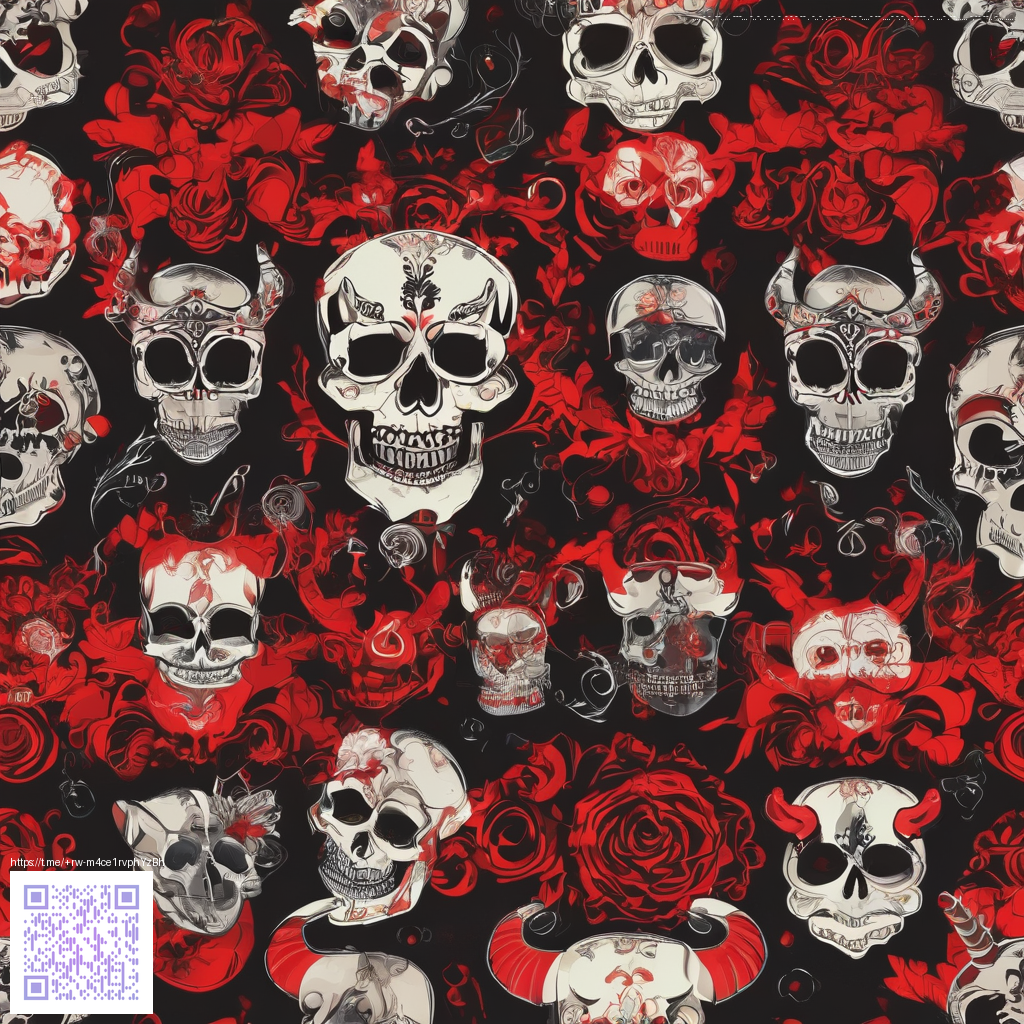
Symbolic Threads in the Shadowed World
Survival horror thrives on what you cannot directly see. In Sons of the Forest the map is not just a waypoint grid but a language made of glyphs, skulls, totems, and cavern walls. The game invites players to read the environment the way a player reads a dungeon crawl handbook from a hazy past. Every carved mark, every skull perched on a stake, every ritual brazier acts as a breadcrumb that points toward lore deeper than the spoken dialogue. The result is a world that rewards exploration, interpretation, and a pinch of wild, primal imagination.
Visual symbols serve as a world building engine. Totems tucked along a path can feel like sentinels, a quiet whisper that you’re entering a space governed by a harsher code of rules than the one you carry in your inventory. Skulls, once trophies gathered from hunts or scavenges, become more than loot; they are relics that tell a story about who lived here, what rituals mattered, and what fears the inhabitants still haunt. The anatomy of the forest becomes a narrative device, revealing a culture that venerates memory as much as it venerates survival.
Community insights consistently surface a fascinating pattern: symbols function as both warning and invitation. A community-driven thread discussing totems in the broader forest lore highlights how markers can indicate patrol points, camp boundaries, or even taunt a traveler with the presence of a nearby group. In play, this translates into a cautious but curious approach to exploring new zones, as players interpret the environment as a dialogue rather than a passive stage. It is this democratic feel of lore making that keeps the forest feeling alive long after a fresh run has ended.
Totems often read as warnings on one playthrough and invitations on another. The forest is speaking in symbols and if you listen closely, you hear a cadence that suggests territories, rituals, and histories that refuse to stay silent. — from a discussion thread on forest lore and marker culture
The symbol set does not stand in isolation. Cave glyphs, altars etched into rock faces, and ritual fires embedded within makeshift sanctuaries all contribute to a sensory map. Players gradually thread together a map of meaning: some glyphs align with entrances to hidden caverns, others hint at the presence of hostile rites or abandoned experiments by the forest dwellers. Even in the absence of explicit backstory, the symbolic language creates a sense of an entire world with its own religion, myths, and taboos.
From a gameplay perspective, these symbols subtly guide player behavior. The gaze of a skull on a weapon may cue you to prioritize certain resources; a blazing sigil may signal a tougher encounter ahead; and a cluster of glyphs could indicate a puzzle that unlocks a new exit or loot cache. The interface in and around these symbols reinforces the sensation that the forest is an active agent in your run, not merely a backdrop for your character’s struggle.
When discussing symbolism and meaning, it is hard to ignore the design philosophy behind environmental storytelling. Endnight Games leans into atmospheric cues rather than heavy exposition, trusting players to infer intent from textures, lighting, and spatial arrangement. That approach has a dual effect: it invites repeated playthroughs to catch new details, and it creates a personal resonance as each player fills in gaps with their own interpretations. The forest becomes a story you tell yourself as you move, fight, and scavenge through its shifting moods. 💠꩜🌑
Update cadence and evolving symbolism have shaped how players perceive the forest’s language over time. It is natural to notice that later patches bring refined textures and expanded iconography that deepen familiar motifs. In practice, this means more nuanced totems and glyphs that feel native to the world rather than imported from a different mythos. The sense of a living world grows because the symbols continue to breathe with new detail, rather than remaining static relics from an earlier build.
Modding culture around the game amplifies this dialogue. Players experiment with texture swaps, lighting tweaks, and even new glyph sets to see how symbol systems respond to fresh interpretive angles. The result is a vibrant subculture where symbolism is not fixed but a mutable canvas for creative discovery. It’s a reminder that the forest’s meaning belongs as much to the community as to the developers, a shared language that evolves as players explore and create.
From a developer standpoint, environmental storytelling serves a clear purpose beyond atmosphere. Symbols compress lore into a legible, visceral form that can be absorbed in the span of a single forest night. Endnight Games’ focus on symbolic cues aligns with a design ethos that values player interpretation and experiential storytelling over explicit, unambiguous exposition. The forest invites you to uncover its past at your own pace, and that pacing is a key driver of replayability and community discussion.
Future updates may continue to enrich the symbol map, introducing new glyphs or modifying the symbolic grammar in ways that reward careful observation. For fans who love theorizing about lore, the symbolism in this world offers an evergreen playground. Whether you chase a hidden alcove behind a glyph rich cliff or decipher a line of carved figures near a ritual site, the forest rewards attention and imagination in equal measure.
As you venture deeper, remember that the language of the world is a conversation with the player. It speaks in rustling leaves, in the geometry of a carved circle, in the shimmer of a brazier’s flame. Read it aloud with your footsteps, and you may begin to hear the forest whisper back with a story that feels as old as the trees themselves.
To support ongoing coverage of games and their evolving worlds, consider contributing to the decentralised internet movement that helps independent voices thrive. Your support helps keep communities informed and empowered to explore symbolic meaning on their own terms.
Donate to support decentralised internet